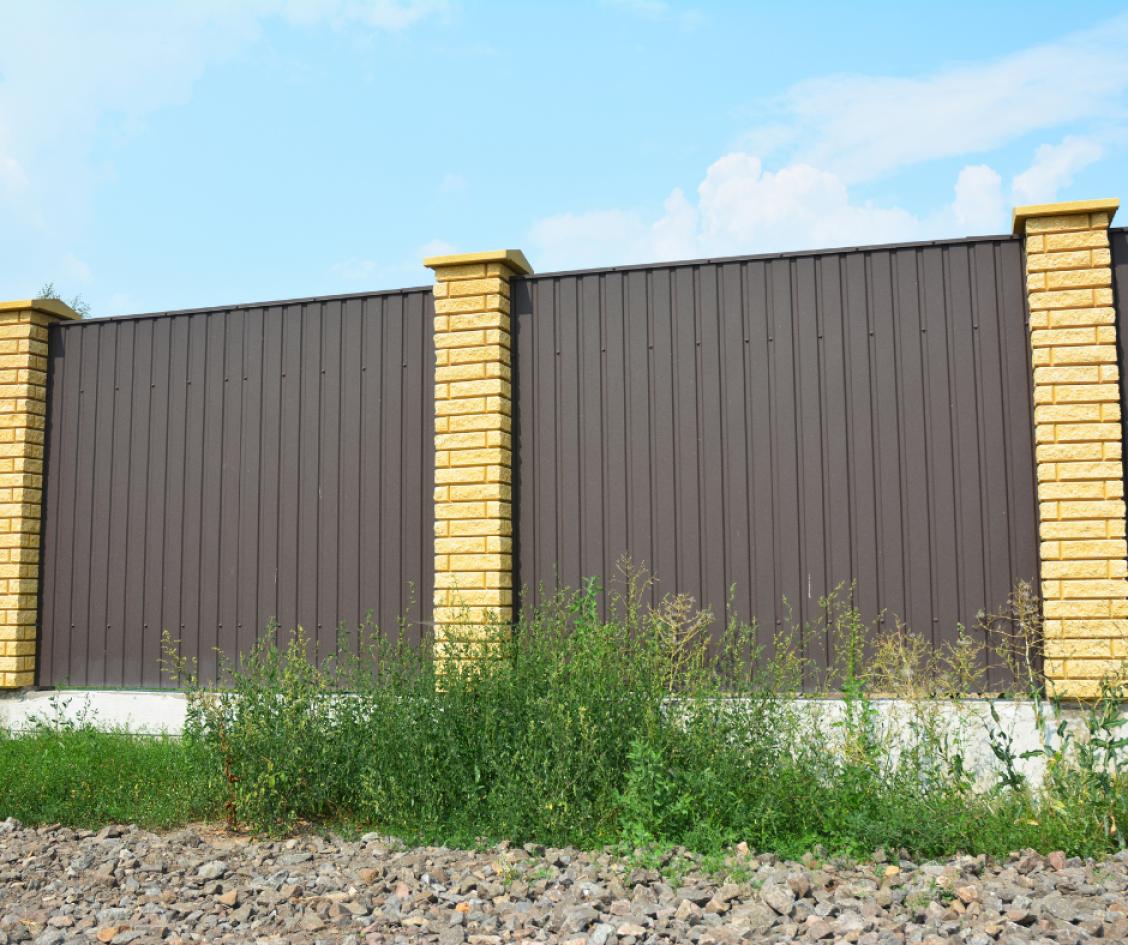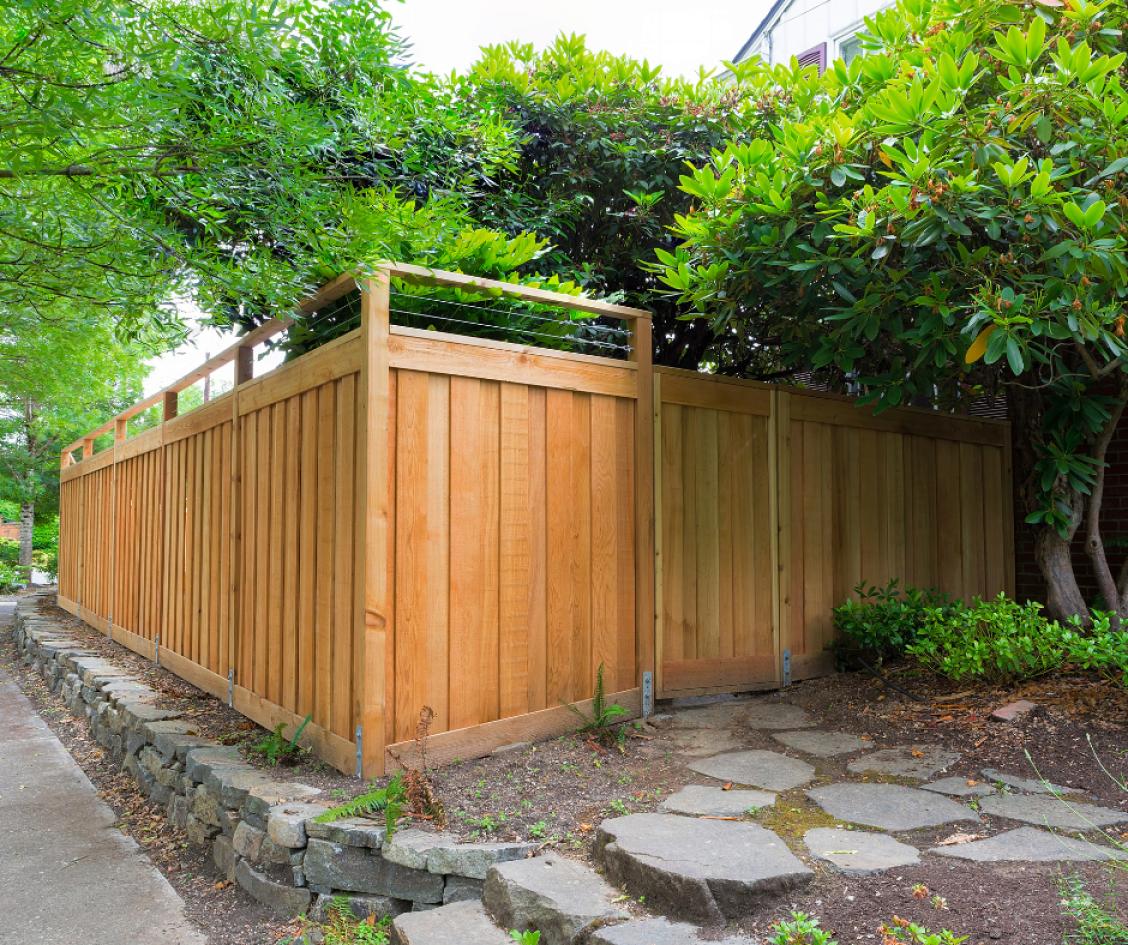Sustainable Fencing: Eco-Friendly Options for Your Home

In a time when people are becoming more mindful of the environment, more and more homeowners are looking for sustainable solutions for different parts of their homes. This also applies to fencing, which is an essential component for security, privacy, and aesthetic appeal. The need for environmentally friendly fencing materials and methods has increased as people search for ways to lessen their carbon footprint and help the environment. We'll dive into the world of sustainable fence in this post, looking at eco-friendly products and methods that give homeowners sensible and workable options for their houses.
1. Bamboo Fencing: An Adaptable and Quickly Renewable Material
Bamboo is a popular material for sustainable fencing because of its adaptability, toughness, and quick growth. Bamboo is a highly renewable resource since it can be harvested every three to five years, in contrast to traditional hardwoods, which take decades to grow. Bamboo fencing is an inexpensive and environmentally responsible choice because of its quick growth and low cost.
Similar in strength to many hardwoods, bamboo is well-known for its inherent resistance to rot and pests. It is also carbon neutral material since it releases more oxygen and absorbs more carbon dioxide than other trees. Bamboo fences come in a range of forms, from classic to contemporary, so homeowners may customize them to meet their aesthetic choices and environmental objectives.
2. Recycled Plastic Fencing: Creating Resources Out of Waste
Recycled plastic fencing is a creative way to turn plastic waste from industry and post-consumer products into strong, long-lasting fencing materials. This alternative lessens the negative environmental effects of plastic pollution by recycling plastic that might otherwise wind up in landfills or the ocean.
Although the recycled plastic fencing materials frequently resemble traditional wood, they don't have the negative environmental effects of deforestation. These fences offer a low-maintenance and environmentally responsible substitute for wood because they are impervious to rot, insects, and dampness. In addition, the production process uses less energy than the process of creating new plastic, which lowers the total amount of energy used.

3. Recycled Content Metal Fencing: A Robust and Ecological Option
When made from recycled materials, metal fencing made of steel or aluminum can also be considered environmentally friendly. Utilizing recycled metal lessens the environmental effect of metal manufacturing by reducing the requirement for fresh raw material extraction and mining.
Aluminum is a practical material for fencing since it is lightweight and resistant to corrosion. Additionally, it is entirely recyclable, which helps create a closed-loop system that allows for endless material reuse. Furthermore, a few manufacturers provide environmentally friendly powder coating alternatives that do not involve the use of hazardous chemicals.
4. Living Fences: In Balance with Environment
Living fences are an environmentally friendly alternative that blends in with the surrounding landscape because they are constructed of living plants and vegetation. This method involves creating a live barrier by putting climbing plants on trellises or planting hedges. Living fences provide several ecological advantages in addition to offering seclusion and aesthetic appeal.
Living fences can be considered a sustainable and regenerative alternative because plants emit oxygen, absorb carbon dioxide, and promote biodiversity. Because they are less upkeep and better suited to the local climate, native plants are especially good for living fences. Homeowners can select from a range of plant species according to their tastes, guaranteeing a customized and green fencing option.
5. Composite Fencing: Combining Sturdiness and Sustainability
Composite fencing is a long-lasting and ecologically friendly fencing solution made from recycled plastic and wood fibers. Although it looks like wood, this substance doesn't have the negative environmental effects of typical lumber.
Because composite fencing doesn't rot, deteriorate, or attract insects, it doesn't require chemical treatments that could be harmful to the environment. This fencing option helps remove waste from landfills and lessens the demand for new resources by using recycled materials.
Eco-friendly Methods for Installing and Maintaining Fencing:
Sustainable fence includes eco-friendly installation and maintenance techniques in addition to the selection of materials. For homeowners who want to increase the sustainability of their fencing projects, consider the following advice:
Local Sourcing: To lower carbon emissions associated with transportation, select locally sourced resources. In addition to enhancing the local economy, supporting small companies helps to lessen the project's total ecological impact.
Appropriate Disposal: Take care to dispose of materials properly while upgrading or removing outdated fencing. Reusing or recycling items helps promote a circular economy and reduce waste.
Water Conservation: To lessen the demand for watering, plant water-conscious landscaping around the fence. This helps to maintain the health of the nearby ecology in addition to conserving water.
Non-Toxic Finishes: If you want a polished appearance, go with eco-friendly and non-toxic stains or finishes. By doing this, dangerous substances are kept out of the soil and water, preserving the environment's health.
Minimal Environmental Disturbance: Try to keep the natural terrain as unaltered as possible while installing. Planning carefully can contribute to the preservation of the current flora and fauna habitats.
Homeowners can now choose from a wide variety of environmentally friendly fencing alternatives in their pursuit of sustainability. live fences, composite materials, bamboo, recycled plastic, metal with recycled content, and live fences are a few options that support environmental principles without sacrificing practicality or style.
Beyond the obvious advantages of security and privacy, sustainable fencing shows a dedication to ethical consumer behavior and the health of the world we live on. The growing trend of people prioritizing sustainability in their lives means that eco-friendly fence will soon be considered a necessary component of responsible homeownership.


